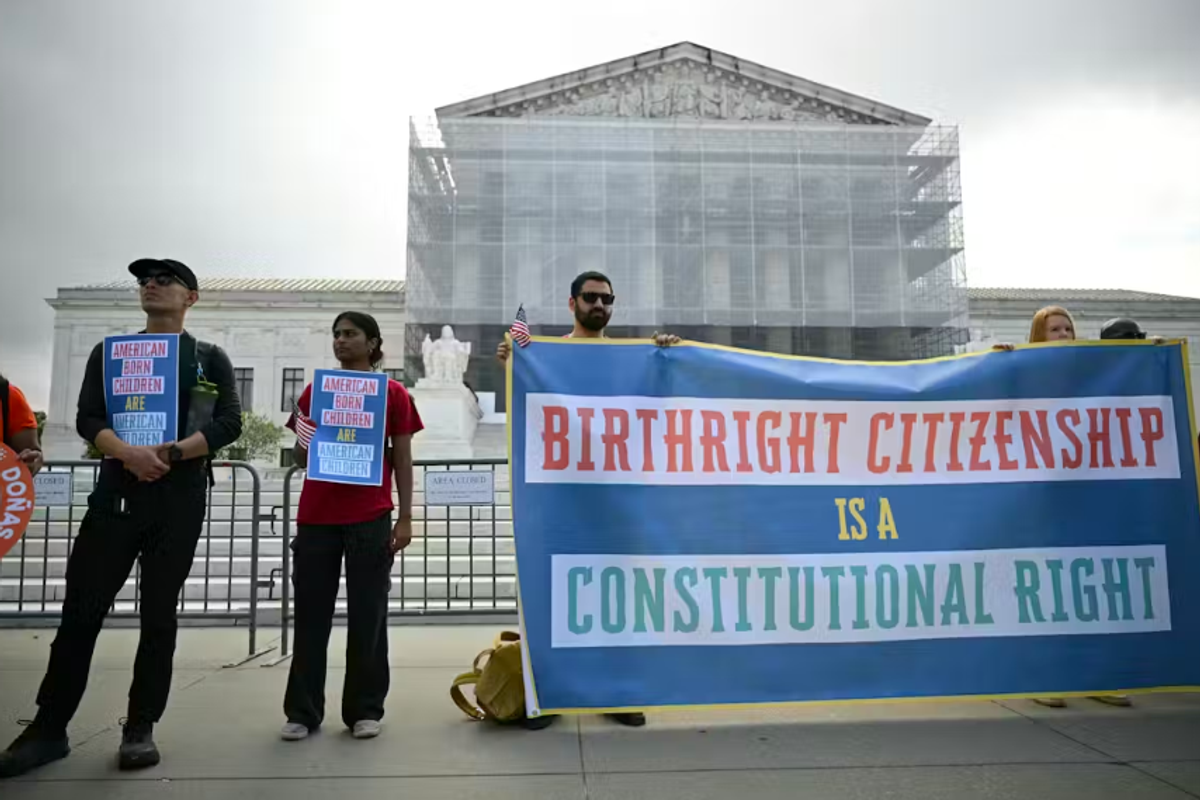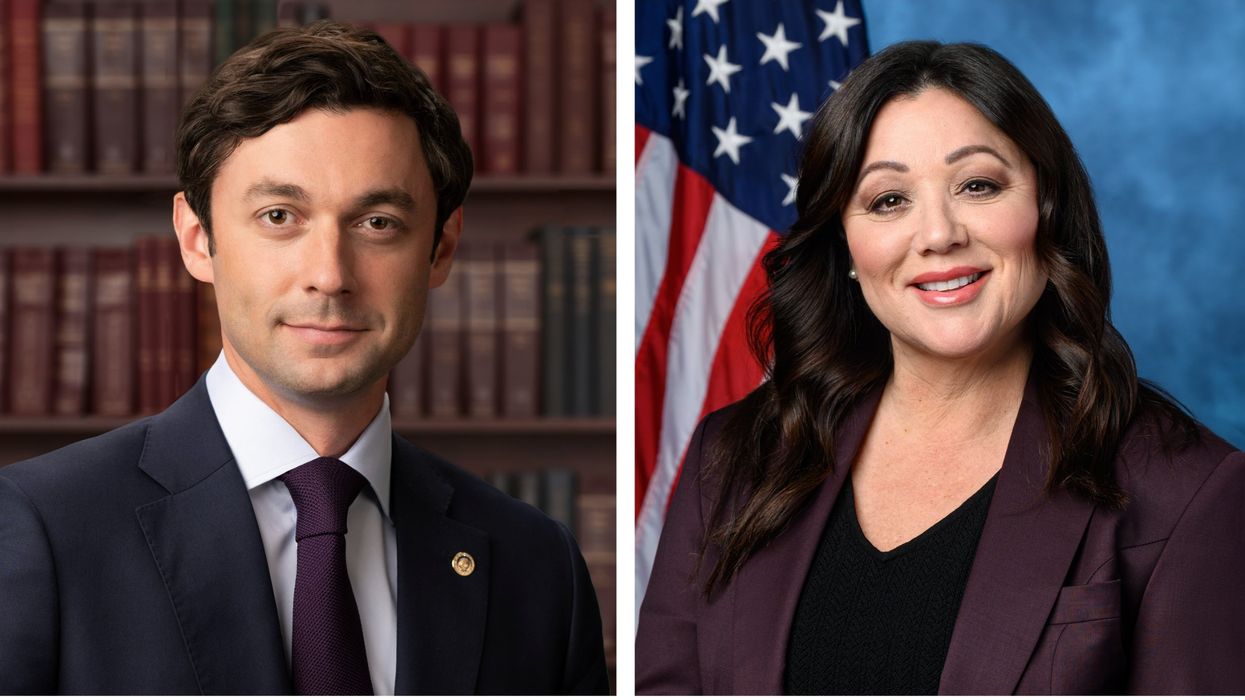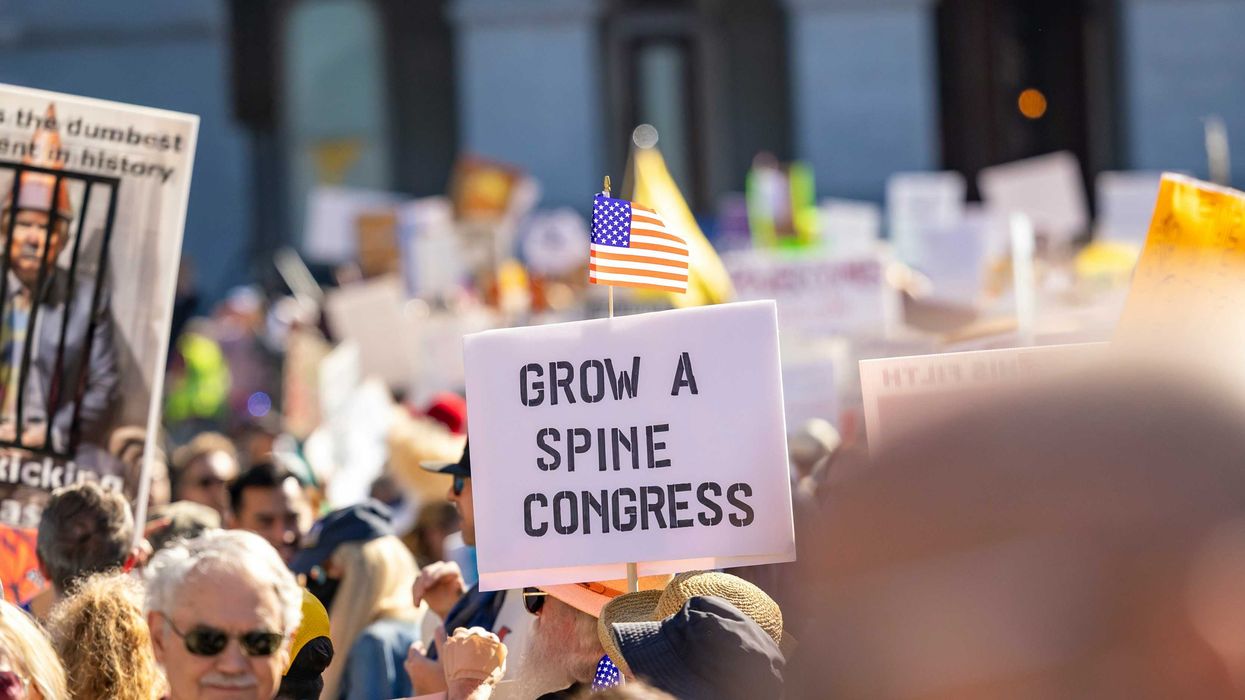Becvar is co-publisher of The Fulcrum and executive director of the Bridge Alliance Education Fund.
Fantasy football coaches take in their weekly scoreboard every Tuesday and analyze what went right and wrong over the weekend. They determine where the weaknesses are on their team and plan to adjust the lineup so that next week the scoreboard is more favorable. This Tuesday, while focusing on one of the country's most divisive presidential elections in history, Americans are also electing representatives from Congress down to village board. We have studied the facts, made our choices, and set our lineups. The decisions may have been easier if we'd had a scoreboard that ranked our lawmakers in a way that gave us insight into what adjustments to make.The Builders Movement is helping with that. They have developed a new scoreboard that has the potential to reshape how we view our lawmakers: the Builders Power Rankings. Their weekly rundown ranks elected officials on their ability to bridge divides and constructively engage in bipartisan efforts. The Builders Power Rankings focus on legislative behavior, collaboration, and the tone of public discourse, aiming to identify and acknowledge those who are "builders" in an era marked by divisiveness.
The rankings split lawmakers across the political spectrum into "Builders" and "Dividers." It's not enough for the Builders to avoid inflammatory language or support occasional bipartisan initiatives. Lawmakers are judged on their consistency in prioritizing policy and people over party lines. Conversely, the Dividers list names those who frequently engage in partisanship, employing divisive rhetoric or obstructive behavior, regardless of their ideological stance.
The scores are generated using AI-powered data analysis in partnership with the Polarization Research Lab, a non-profit initiative of Dartmouth, Stanford, and UPenn. This analysis is followed by a discussion among cross-partisan analysts and commentators about specific comments and how they might affect their status as builders or dividers. This step indicates that the rankings account for necessary distinctions between passionate advocacy and outright divisiveness.
In the month leading up to the election, 250,000 Americans logged onto the ranking site, helping equip them with information on their representatives they need to make a choice that supports candidates that are willing to build toward positive governance rather than contributing to the political disarray.
Building Across the Aisle: Who’s Leading? Who's Failing to Bridge the Gap?
The Builders Power Rankings reveal some leaders that don't always grab the media spotlight but are headlining cross-partisan cooperation. Figures like Rep. Lori Chavez-DeRemer (R-OR) and Sen. Jon Ossoff (D-GA) consistently appear in the top five builders, praised for their ability to work on significant issues that resonate beyond their districts.
Chavez-DeRemer, for instance, focuses on border policies without resorting to divisive, fear-mongering tactics — a rarity in today's political climate. Ossoff, similarly, leverages his platform to address agricultural disaster relief, a pressing need in Georgia following recent hurricanes. His proactive approach to garnering support from both sides has set a bar for constructive bipartisanship.
Interestingly, many of the Builders represent purple states or districts, where their re-election prospects depend on appealing to a broader range of voters. This geographical diversity suggests that some lawmakers feel inherent accountability to moderate their rhetoric and policy, especially in regions that do not lean heavily towards a single party. Sen. Maggie Hassan (D-NH) and Rep. Brian Fitzpatrick (R-PA) frequently engage with issues that resonate with constituents across political divides, finding solutions that appeal to both conservative and liberal sensibilities.
Garry Kasparov, Founder and Chairman of Renew Democracy Initiative and Builders Power Rankings panelist, pointed out: "The fact is that we're having this conversation two weeks before one of the hottest elections in US history. It definitely affects all the statements and behavior of various actors. And it's very natural that the Builders come from the districts where they have to compete for independence or even just having hoped to get some votes from the other side. While those we call Dividers, they come from the safe seats."
Figures like Rep. Eric Swalwell (D-CA), Rep. Lance Gooden (R-TX), and Rep. Mary Miller (R-IL) made appearances on the dividers list every week in October, spotlighting the tendency of some lawmakers to prioritize party allegiance and viral vitriol over constructive debate. Each week, the rankings shed light on representatives who engage in inflammatory speech or obstructive actions, which, although effective in rallying their bases, may ultimately damage the cohesion of the legislative process.
The Builders Power Rankings also consider context, such as campaign season pressures. Rep. Colin Allred (D-TX) made the Builders list the week of October 22nd despite criticism for heated exchanges with his opponent for Senate, incumbent Ted Cruz (R-TX), in a debate. He made the list in part for the signing of his bipartisan Building Chips in America Act, which he co-led with three Republicans, into law. One panelist, Joe Lonsdale, disagreed with Allred's ranking as a Builder that week, with fellow panelist Kimberly Atkins Stohr defending the ranking, distinguishing between bipartisan governance and the words used in a policy debate.
Different and Shifting Incentives
One consistent finding with the Builders Power Rankings is that the elected officials who rank as Builders are far less recognizable to the broader public than their Divider counterparts. This phenomenon speaks to a more significant issue: Divisive figures often attract more media coverage, amplifying their influence. Despite their constructive contributions, lawmakers who remain policy-focused and avoid sensationalism are less likely to make headlines. Consequently, while the Builders work on solutions to pressing issues like health care, disaster relief, and economic reform, the Dividers capture public attention with controversial statements that stoke partisan fires.
The rankings invite the public to reconsider the media's role in shaping political reputations. The Builders Power Rankings suggest that it is time for voters and journalists to place more value on the quiet but impactful work behind the spotlight, where positive change often occurs.
There is a new opportunity for elected representatives to engage with these rankings and make the discussion on social media more than viral negativity. Already, Rep. Brandon Williams (R-NY) re-tweeted his #2 builders spot as a badge of honor, and Rep. Jim Moylan (R-GU) shared his #3 builders spot to his Instagram stories; we can hope that more lawmakers are willing to do what it takes to be able to show off these credentials when they are earned.
Earning a top-5 builders ranking is not something a lawmaker has to be consistently perfect to earn. A weekly analysis is a fluid measurement that allows for representatives to have good and bad weeks but always have another chance the next week to engage with colleagues more positively.
Beyond the Rankings: A Call to Action
The Builders Power Rankings provide more than just a snapshot of weekly behavior; they offer a roadmap for effective governance in a polarized environment. The data analysis is just a starting point - and the panel discussions on the details of the stories that the data represents are a chance to bring the positive stories into the spotlight. We can all take it further and use the rankings report and analysis to start our conversations on what we find unacceptable and worth elevating regarding our representation.
By highlighting figures who prioritize policy over party, the Builders Movement gives voters an alternative lens through which to view their representatives, encouraging a shift in public expectation. In this model, it is not enough for a politician to "hold the line" for their party — they must also work to build bridges, understanding that effective governance often requires difficult, sometimes unpopular, compromises.
The rankings are our scoreboard for setting our lineup for this election cycle and for the future. Let's set a lineup to serve us best and keep the conversation going.






















 Despite signing a mortgage that pledged he would live in each house, Trump listed both homes as rentals. Palm Beach Daily News via Newspapers.com. Redactions by ProPublica.
Despite signing a mortgage that pledged he would live in each house, Trump listed both homes as rentals. Palm Beach Daily News via Newspapers.com. Redactions by ProPublica.
 In 1993, Trump signed a mortgage for a “Bermuda style” home in Palm Beach, pledging that it would be his principal residence. Just seven weeks later, he got another mortgage for a seven-bedroom, marble-floored neighboring property and attested that it too would be his principal residence. Obtained by ProPublica
In 1993, Trump signed a mortgage for a “Bermuda style” home in Palm Beach, pledging that it would be his principal residence. Just seven weeks later, he got another mortgage for a seven-bedroom, marble-floored neighboring property and attested that it too would be his principal residence. Obtained by ProPublica